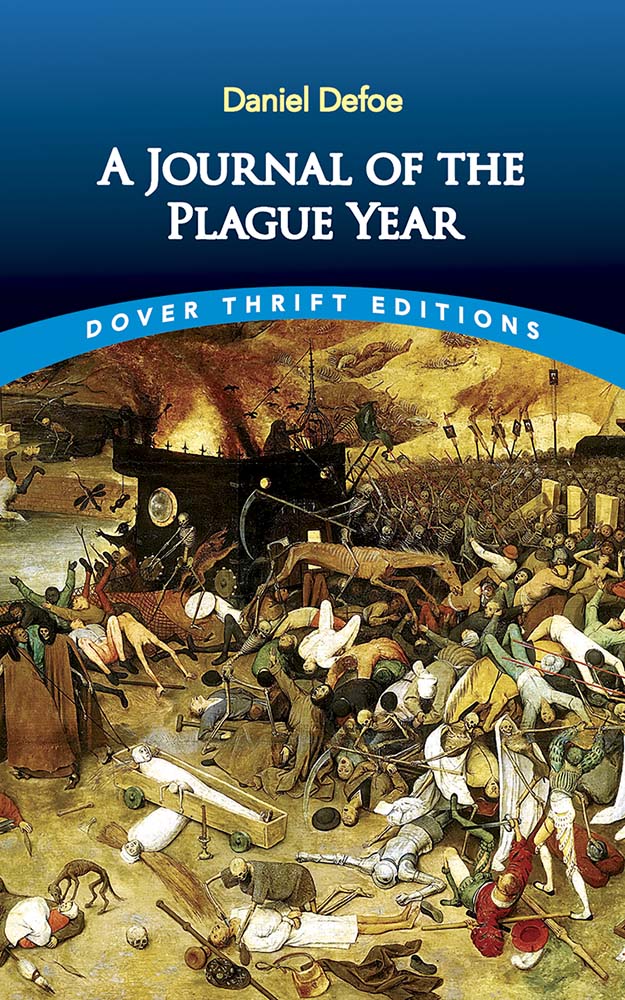
In the crowded unhealthy unclean foul, pest dominated filthy city of London the Black Plague breaks out in 1665, no surprise it had occurred before in fact just a few years previously but this escalates, felling some say 100,000 people who never rise again. Is the hobbling, inartful appearance of “Plague Year” a strength or is it a weakness? I for one think it's a toss up. Paradoxically, it is precisely this impression of amateurishness that makes the voice-and therefore the work itself-so powerful and convincing a performance.Īs with “Robinson Crusoe,” so it is with “A Journal of the Plague Year”: I can never decide whether Defoe is merely an unsophisticated novelist, addicted to lists and repetitive details, or whether-like the poet satirists of his own 18th Century-he is a master at constructing personae that convince the reader with their sincerity and authority. The book, although impressive, is inelegant, its organizational principles unclear it appears to be the work of a literate layman, not a professional writer. Although there are many vivid glimpses of life during plague-crazed sufferers expiring in the streets, healthy families shut up in their houses by decree, diseased individuals defying city orders, open pits waiting for wagons stacked high with the dead-these scenes are often obscured by heaps of accumulated detail, piles of haphazardly organized materials. “Plague Year” is crammed with rolls of the dead and other helpful lists, as well as page upon page of city regulations governing the duties of citizens, the conduct of the inspectors, etc.

Defoe, however, although did he live in London at the time, was born in 1660, and was therefore only five years old when the Hand of Death fell upon the city of London.ĭefoe creates a convincing persona by making his narrator a stolid burgher who fears his God, respects his fellow Londoners, and admires his city, an unimaginative man who above all reverences reliable testimony and verifiable facts.

Perhaps the most impressive thing about “A Journal of the Plague Year" is that it is an extraordinarily convincing account narrated by the voice of a mature, solid citizen-thoroughly respectable and reliable-who has personally witnessed the extraordinary and often horrific incidents he describes.

A brief study of Daniel Defoe's book on the London plague of 1665-1666 illustrates this principle. A person's strengths and weaknesses are often two sides of the same coin-the sympathetic character is often permissive, the assertive unreasonable, the ardent rash-and the same thing can be said of an author's beauties and his faults. Because writing is an expression of human character, what is true of one's character is true of one's writing as well.


 0 kommentar(er)
0 kommentar(er)
